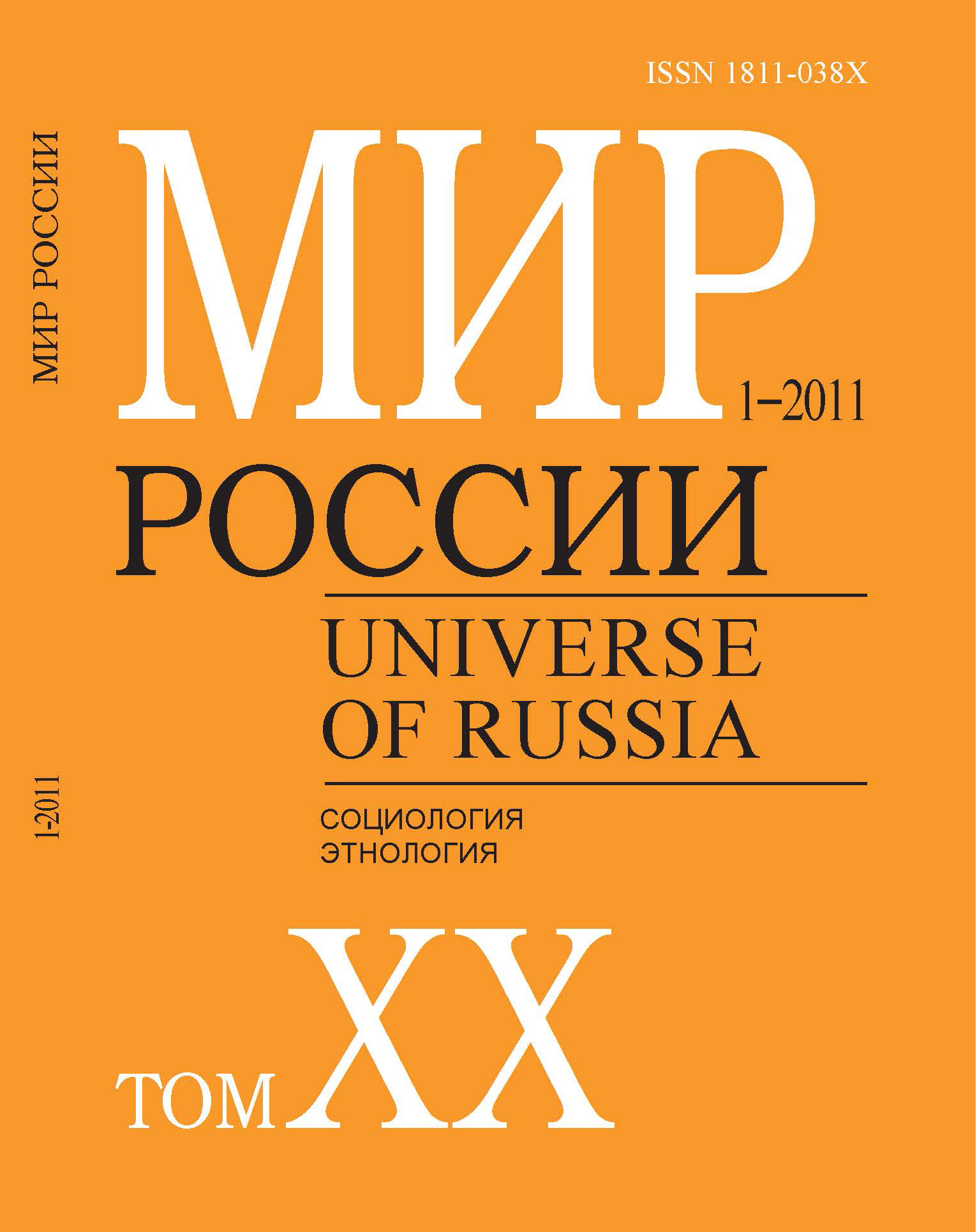Education in the Russian Federation: Problems and Tendencies of Development at the Beginning of the 21st Century
Abstract
Tatyana Klyachko — Head of the Center for Economy of Life-Long Learning, Academy of National Economy under the Government of the Russian Federation. Address: 82, Vernadskogo Ave., Moscow, 119571, Russian Federation. E-mail: tatlk@bk.ru
In the last decade, Russia’s system of education has gone through some major changes. First of all, the proportion of people with higher education has exceeded 28.2%. If those with a secondary vocational education (27.1%) are to be included, the overall proportion of the population with a tertiary education (according to world classifications) would account for over 55%. Russia’s leadership is as well uncontested with respect to the number of students involved in secondary and tertiary professional education institutions — 673 for every 10,000 people.
At the same time, the current demographic situation negatively affects the development of professional education in the Russian Federation. In the last few years there has been a steady decrease in the number of students, including those who aspire for higher education (starting from 2009/10). Thus, in the nearest future, the existing models of professional education institutions, working solve the problem of accessibility of such education, are expected to change. The decrease in the number of students would as well affect the system of education finance. Starting from 2004, the budget for all levels of education grew rapidly. While in the 2000s higher education institutions principally sought the expansion of non-budget finance (it accounted for the larger part of their financial resources), today they mostly compete for attracting budget students, since non-budget students have re-orientated themselves towards the relatively cheaper extramural and non-state education. At the same time, the proportion of students on budget finance (among the students in state and non-state education) continues to decrease: in 2009 it accounted for 37.2% against 38% in the previous year. The growth of budget finance in basic and secondary vocational training has been rather moderate as compared to higher education, although the absolute investments have grown significantly in the last 10 years. And yet the real expenditures were not as high. Moreover, after 2007 they started to decrease for basic vocational training and after 2009 for secondary vocational training.
From 2005-2010 the government effort has been to support the growth of wages for education workers. A new labor compensation system has been introduced. This was actually one of the major requirements for the regions of the Russian Federation to participate in the National Priority Project for Education. Nevertheless, little success has been achieved. In the first half of 2010, the wages of education workers accounted for 63.2% of the average across the whole economy, while in the sector of basic and primary education, it was even lower — 61.6% (61% in 2005). The situation in higher education was slightly better — 91.5% of the average across the economy. In basic vocational training — the more troublesome level of professional education in Russia — it was only slightly lower than 56%.
Russia’s expenditure on education (state as well as private), calculated as a share of GDP (5.7%), is a bit lower than the OECD average. Although at the same time, it is far more backward with respect to expenditures on basic and primary education, and basic professional training: 2% against 3.4%.
The institutional transformations under way in Russian education from 2000–2010, include: the transition to a dual-level system of higher education (bachelor-master); the introduction of the Unified State Examination (USE); and the emergence of new types of state and municipal education institutions (state, ‘new’ budget and autonomous). The above mentioned innovations already have had a strong effect on the system of education, especially true with the case of USE introduction. At the same time, all of the possible consequences and risks of such modernization are not yet clear, which causes serious problems with the implementation of these reforms and may disturb their initial goals.






